
Digital marketing in 2025 is a melting pot of technological innovation, consumer-centric strategies, and evolving platforms. Staying relevant means embracing new ideas and adapting to emerging trends. This guide covers the 16 most impactful digital marketing trends in 2025, providing deep insights into how marketers can future-proof their strategies and thrive in a highly competitive landscape.
1. Doing More With Less: Smart Marketing in Tight Budgets
Marketers in 2025 will need to achieve more impactful results with fewer resources. The challenge lies in streamlining efforts, cutting waste, and focusing on high-impact strategies.
How can marketers do more with less?
Efficiency is the name of the game. Smart targeting, automation, and collaborative workflows help maximize ROI while conserving time and resources.
Key tactics:
- Automate repetitive tasks like email marketing, reporting, and social scheduling.
- Use tools like Asana and Trello for project management and cross-team collaboration.
- Leverage AI-driven platforms to create data-informed campaigns with less manual effort.
Efficiency doesn’t compromise creativity—it fuels it by reallocating resources to strategic initiatives.
2. Google Keeping Users on Google: The Zero-Click Revolution
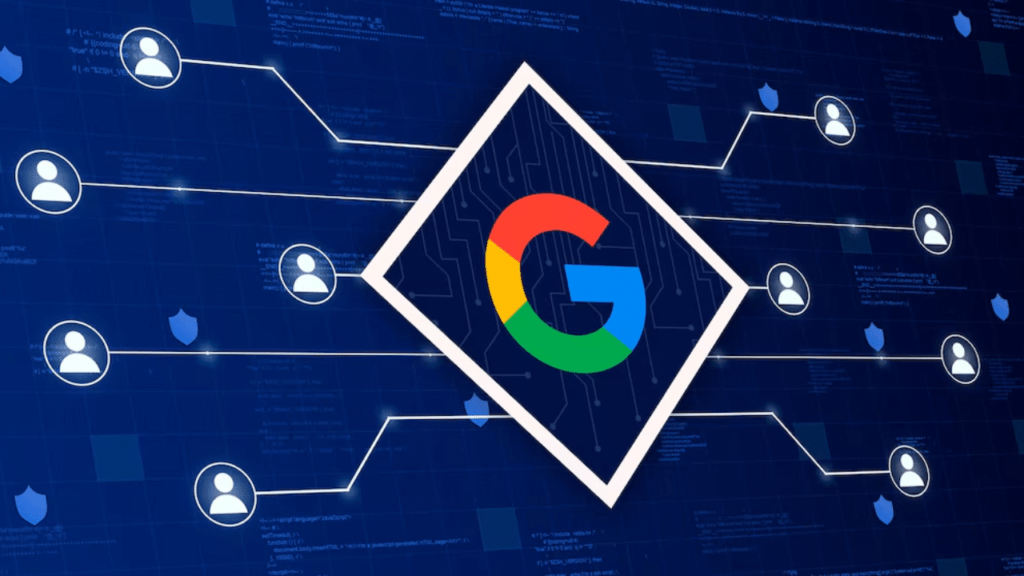
Google’s growing ecosystem is designed to provide answers within its platform, reducing the need for users to visit external websites. Features like People Also Ask, rich snippets, and Knowledge Panels dominate search results in 2025.
How should brands respond to zero-click trends?
Focus on building visibility rather than just clicks. Zero-click searches are opportunities to establish authority directly in Google’s search results.
Strategies:
- Optimize for rich snippets using schema markup.
- Create concise, question-based content to increase chances of appearing in People Also Ask boxes.
- Build a strong Google My Business profile for local search results.
Your brand’s visibility matters as much as, if not more than, direct clicks.
3. New Search Platforms on the Rise
While Google remains dominant, platforms like TikTok, Amazon, and Instagram are becoming key players in search behavior. Younger audiences increasingly use TikTok for product recommendations, and Amazon’s search features rival Google for e-commerce.
How to optimize for these new search platforms?
Diversify your approach to search optimization and target the platforms most relevant to your audience.
Actionable tips:
- Use trending hashtags and optimized captions for TikTok and Instagram content.
- Optimize e-commerce listings with Amazon SEO by focusing on keywords, reviews, and product descriptions.
- Monitor and adapt to emerging search algorithms on new platforms.
Search is no longer a one-platform game. Go where your audience searches.
4. Search Everywhere Optimization
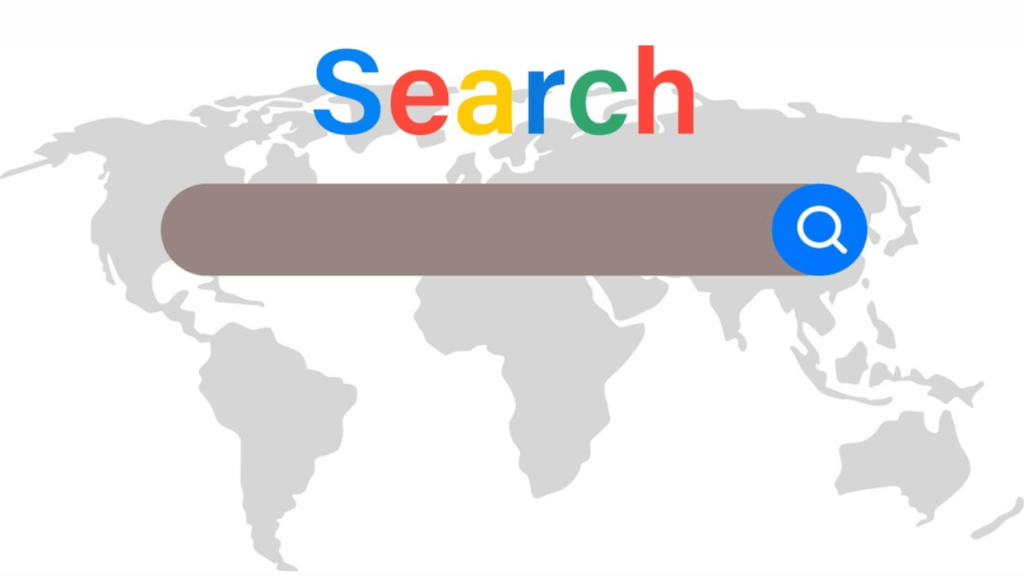
Consumers now expect search results not only on Google but also on social media, apps, and marketplaces. Brands need a cohesive strategy for this omni-channel search environment.
How to excel in search everywhere:
- Voice search: Optimize for conversational queries and natural language.
- Visual search: Use high-quality images, alt texts, and visual content tools like Google Lens.
- In-app search: Make your brand discoverable on platforms like Instagram, TikTok, and Pinterest through keywords and hashtags.
Omni-channel search ensures your brand stays discoverable across all touchpoints.
5. Sense Search: Revolutionizing Queries Through AI
Sensory search—voice, image, and even video search—is leveling up with advanced AI capabilities. Consumers no longer rely solely on text queries to find products and information.
How brands can adapt:
- Include alt texts and detailed image descriptions to optimize for image search.
- Develop voice-friendly content by using natural, conversational language.
- Optimize product videos with subtitles, captions, and time-stamped descriptions.
AI-driven sensory search is creating a more intuitive search experience for users.
6. Blurring Platform Boundaries
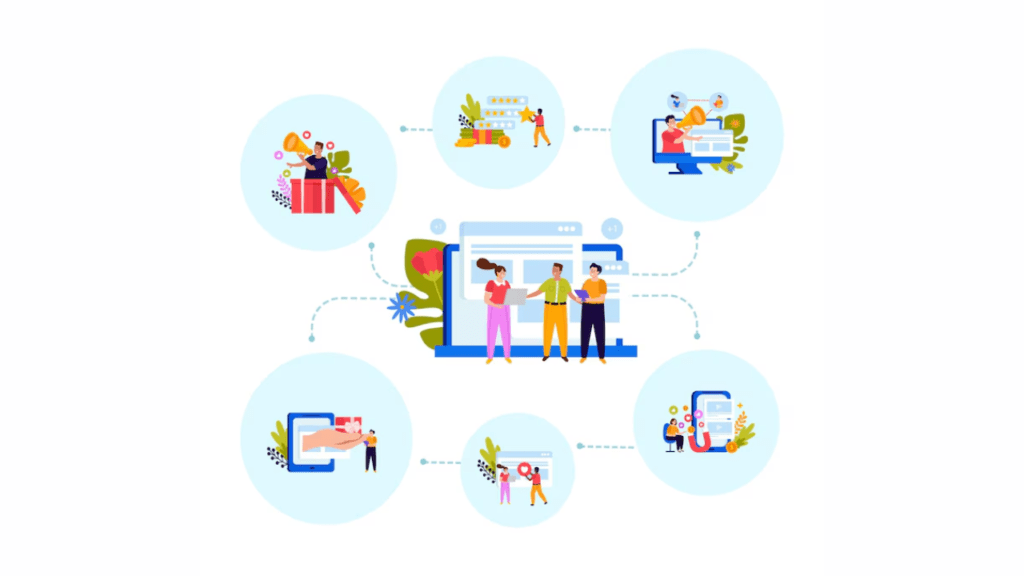
Social media platforms are evolving into multi-functional ecosystems where users can shop, discover, and engage—all in one place. For example, TikTok integrates shopping directly into its videos, and Instagram continues to expand its e-commerce tools.
What marketers should do:
- Experiment with social commerce features like shoppable posts and live shopping events.
- Build campaigns that integrate discovery, engagement, and conversion seamlessly on platforms like Instagram and TikTok.
Platforms are no longer single-purpose. Be ready to adapt as boundaries blur.
7. AI: Shifting From Content Creation to Data Maximization
AI in 2025 isn’t just about generating content—it’s about making data actionable. From predictive analytics to campaign optimization, AI is revolutionizing decision-making for marketers.
How to maximize data with AI:
- Use predictive analytics tools like Google Analytics 4 to anticipate future trends.
- Personalize campaigns in real time based on behavioral data.
- Optimize ad performance dynamically with AI-powered bidding strategies.
AI ensures marketers work smarter, not harder.
8. AI Will Make Personalization Effortless

AI is taking personalization to new heights, enabling brands to create experiences that feel tailor-made for every individual.
Tactics to embrace:
- Dynamic email content that adapts to user behavior.
- AI-powered product recommendations in e-commerce.
- Personalized web experiences that reflect a user’s interests and preferences.
Personalization builds loyalty by making every customer feel valued.
9. B2B Marketing Gets Personal
B2B marketing in 2025 looks more like B2C. Buyers expect personalization, emotional storytelling, and human-centered campaigns.
How to adapt:
- Use account-based marketing (ABM) to target individual decision-makers.
- Focus on relationship-building through storytelling and thought leadership.
- Offer hyper-targeted content that solves specific pain points.
Even in B2B, people buy from people, not faceless companies.
10. Ads Will Get a Makeover
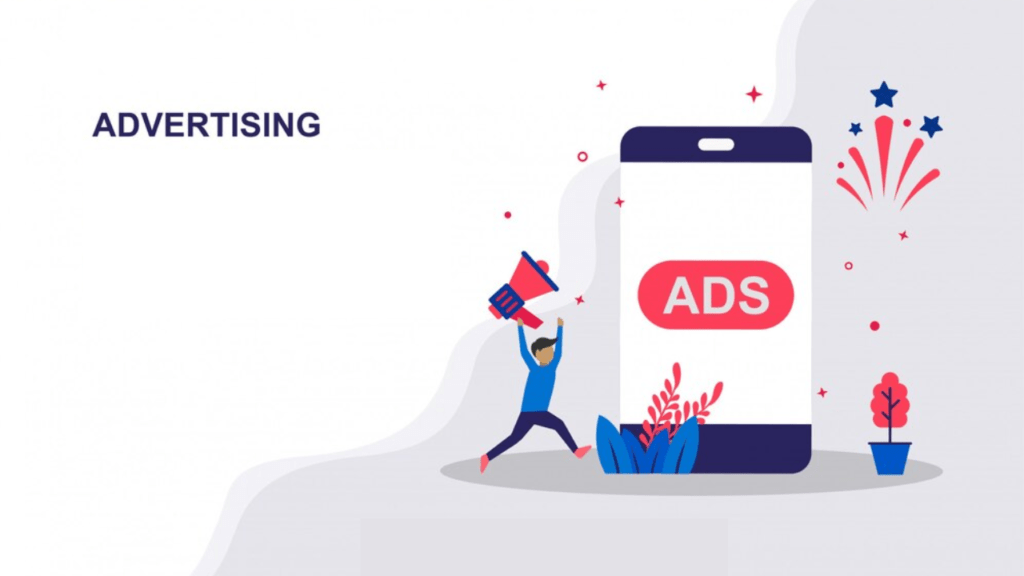
Traditional ad formats are evolving to become more engaging and interactive. Consumers no longer respond to static banners; they want experiences.
New ad formats to try:
- Interactive video ads that include clickable elements.
- Shoppable ads directly linked to products.
- Gamified ads that reward user participation.
Interactive ads boost engagement and conversion rates.
11. Privacy Meets Personalization
Striking the right balance between personalization and privacy is essential in 2025. With regulations like GDPR and CCPA in place, brands must use first-party data responsibly.
Steps to take:
- Be transparent about data usage.
- Rely on first-party data through email signups and loyalty programs.
- Use tools like Google Analytics 4 to ensure compliance.
Privacy-first personalization builds trust with your audience.
12. Social Content Is the New Storefront
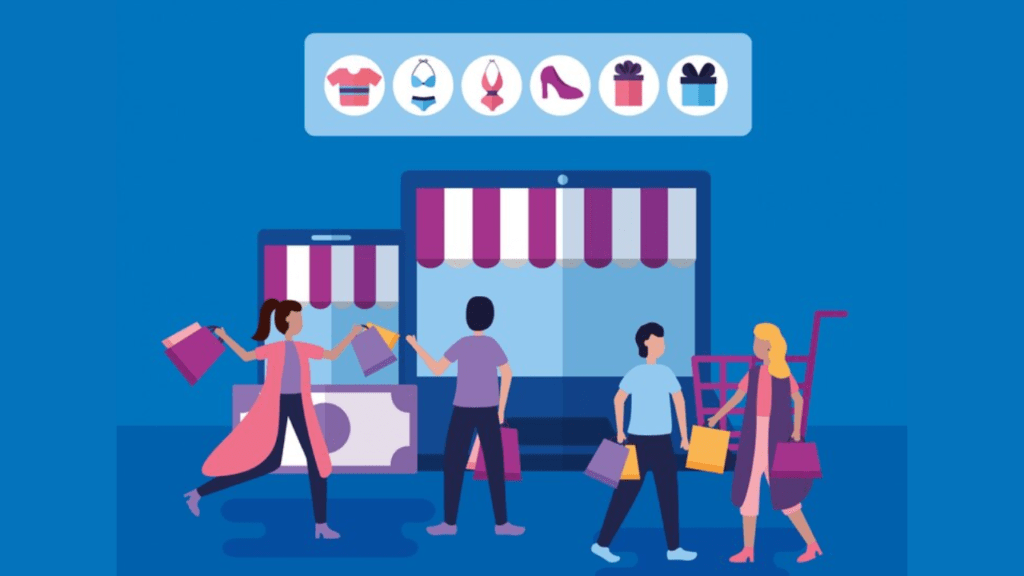
Social media is no longer just for engagement—it’s a virtual storefront where customers browse and buy.
How to make the most of this trend:
- Use shoppable posts and live events to drive direct sales.
- Create content that educates and inspires users about your products.
- Focus on storytelling to connect emotionally with your audience.
Social commerce is reshaping the buyer’s journey.
13. Integrating Channels for Consistency
Channel integration ensures that email, social media, SEO, and PPC all work together for a consistent brand experience.
How to do it:
- Plan campaigns that cross multiple platforms.
- Use consistent messaging and visuals across all touchpoints.
- Track results holistically to measure campaign success.
Synergy amplifies the impact of your campaigns.
14. Building a Strong Brand Based on Values

In 2025, consumers care deeply about brand values. Businesses must reflect their audiences’ ethical priorities, whether that’s sustainability, inclusivity, or transparency.
Actionable steps:
- Highlight your values in marketing campaigns.
- Partner with organizations that align with your mission.
- Share stories of how your brand is making a difference.
Brands that stand for something build deeper connections.
Conclusion:
The digital marketing trends in 2025 demand adaptability, creativity, and a deep understanding of customer needs. By embracing AI, personalization, and seamless customer journeys, marketers can stay ahead of the curve. It’s time to take action and ensure your strategies align with the future of digital marketing.
FAQs
Digital marketing trends in 2025 are driven by innovation, efficiency, and an understanding of changing consumer expectations. Whether it’s AI, personalization, or platform integration, these trends demand your attention. But how do they tie into your real-world marketing challenges? Let’s address some of the most frequently asked questions and explore additional insights to help you prepare for the future.
What are the key digital marketing trends to focus on in 2025?
Some of the biggest trends include AI-powered personalization, first-party data strategies, seamless customer journeys, and integrating social commerce into your strategy. Additionally, sensory searches like voice, image, and video will gain more traction.
Why is AI so important for digital marketing in 2025?
AI empowers marketers to analyze data, automate workflows, and deliver hyper-personalized experiences. In 2025, AI is shifting focus from simply generating content to interpreting data for real-time optimizations and smarter decision-making.
How can businesses balance privacy and personalization?
The solution lies in transparency and responsible use of first-party data. Using tools like Google Analytics 4, brands can collect and analyze customer data while staying compliant with privacy laws like GDPR and CCPA.
What is the role of zero-click content in SEO strategies?
Zero-click content is designed to keep users on Google search pages. To adapt, marketers must focus on optimizing for featured snippets, rich snippets, and FAQs so that their brand is visible even without direct clicks.
How is social media evolving in 2025?
Social media is becoming a virtual storefront, with platforms like Instagram, TikTok, and Facebook integrating e-commerce directly. Shoppable posts, live events, and social commerce features are reshaping how brands engage with their audience.
Why is building a brand based on values important?
Consumers in 2025 prioritize brands that reflect their personal values. Aligning with causes like sustainability, inclusivity, and ethical practices creates stronger emotional connections and long-term loyalty.







